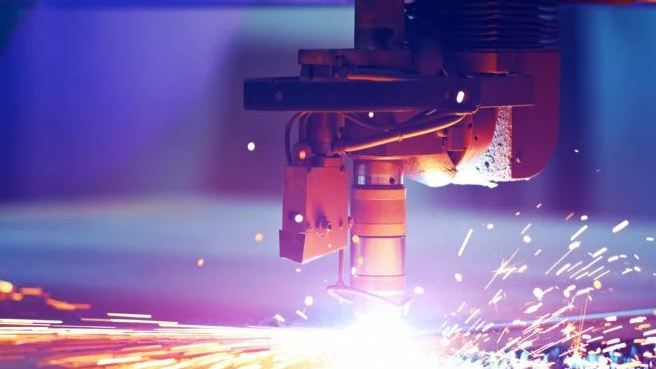
Wage Growth Slows and Unemployment Increases in UK, Upcoming Data Indicates
Recent economic indicators are anticipated to reveal a slowdown in wage growth alongside an increase…
Switching Investment Platforms Could Save You Over £30,000
Loyalty in the financial world doesn't always pay off. Sticking with the same pension or…
Alphawave Finalizes £1.8 Billion Acquisition by Qualcomm
Alphawave IP Group, a UK-based chip design firm, has finalized its acquisition by Qualcomm for…
Growing Bipartisan Movement Against Major Food Manufacturers in the U.S.
In the United States, there is an intensifying bipartisan movement challenging the influence of major…
Pension Surpluses Disappoint Reeves and Starmer
Recent reforms aimed at allowing employers to access surpluses from traditional pension schemes are projected…
Spectris Stock Surges 60% Following Advent International’s Acquisition Proposal
Spectris, a prominent UK industrial technology firm, is set to be acquired in a deal…
Regulatory Oversight Under Fire Following SSB Law Firm Collapse
Paul Philip, the chief executive of the Solicitors Regulation Authority (SRA), is facing increasing scrutiny…
Concerns Rise as UK Tech Firms Attract Major US Acquisitions
Three UK-based technology companies are set to be acquired by American firms for over £6…
Tesla’s UK Sales Plunge 45% Amid Challenges for Elon Musk
In May, the sales of new Tesla vehicles in the UK dropped over 45% compared…
Emphasizing Standards in Every Detail
Chris Turner’s diverse career ranges from leading Barack Obama’s presidential campaign to promoting female empowerment…










